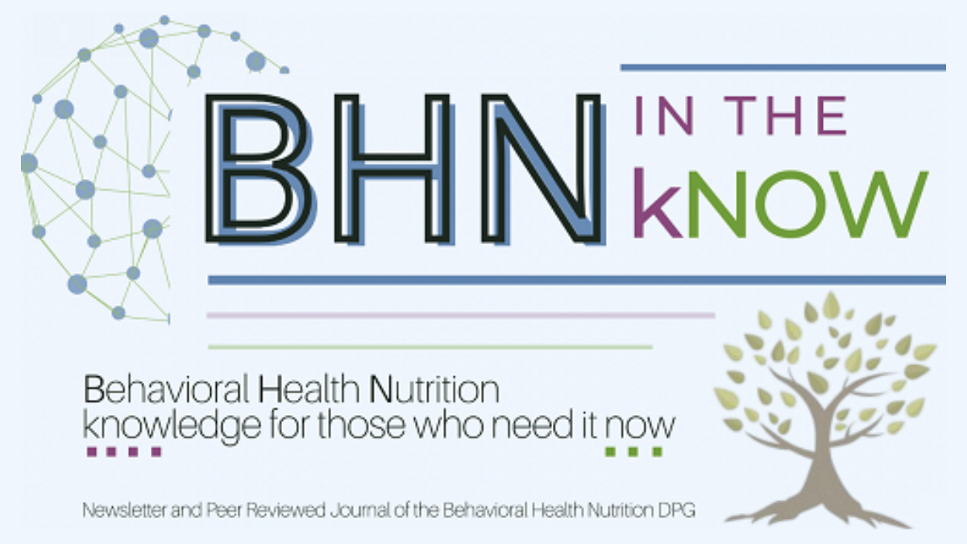BHN in the kNOW Summer 2023: Nutrition Assessment and Management of Athletes with Eating Disorders

BHN in the kNOW Summer 2023: Nutrition Assessment and Management of Athletes with Eating Disorders
Your Price $0.00 - $54.00
| Membership Type | Pricing |
|---|---|
| Member | $24.00 |
| Non-Member | $54.00 |
| DPG12 Behavioral Health Nutrition (BHN) - Member | $0.00 |
| DPG12 Behavioral Health Nutrition (BHN) - Retired | $0.00 |
| DPG12 Behavioral Health Nutrition (BHN) - Student | $0.00 |
